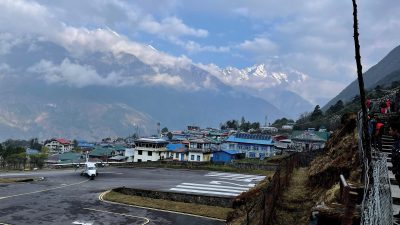Home / Latin America & Antarctica / Brazil / Ecotourism Destinations: Centr…
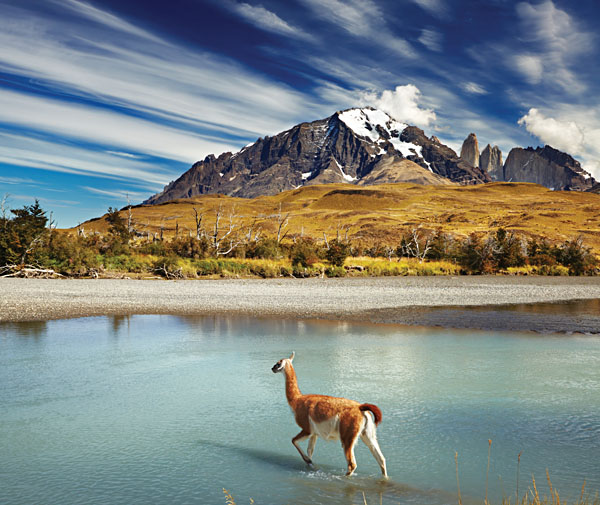
Ecotourism Destinations: Central and South America (Part 2)
Previous:
Ecotourism Destinations: Central and South America (Part 1)
Continuing with destinations in the amazing continent of Central and South America, the main contenders for ecotourism are Argentina, Brazil, Chile, Ecuador, and Peru among the 12 countries that make up South America. Here we go into detail on Brazil and Chile – 2 countries with an abundance of ecotourism attractions.
BRAZIL
Brazil, mainly because of its size and geographical diversity, is a country which offers awe-inspiring natural beauty. It is, in fact, the 5th largest country in area in the world. 70% of the world’s animal and plant life is contained in Brazil, and it has amazing 339 endangered wildlife species. I’m sure you have read about the dangers to its biodiversity. These include loss of rainforest and other land masses, over-exploitation of plants and animals, pollution, and of course, climate change.
What do visitors enjoy generally when travelling to Brazil? Well, you can enjoy the beaches, explore jungles, take in amazing waterfalls, discover exotic birds and animals, and visit archaeological sites, plus much more. The Samba, by the way, is not an ecological pastime!
Let’s look at some of the ecotourism regions in Brazil.
Amazonia
South America contains the largest rainforest in the world – of which 60% of this is located in Brazil. Believe it or not, this takes up half the country’s total area. The forest has large amounts of flora, fauna, and birds with wonderful variations in their colours.
The immense Amazon River is the second longest river in the world after Africa’s Nile River, and the widest – accounting for approximately 20 percent of all river waters that pour into the world’s oceans!
The gateway to the Amazon rainforest is the city of Manaus, where you can take day trips into the rainforest along the Amazon River. However, to do justice to and really explore the region, it is better to consider a multi-day cruise or stay at an eco-lodge located in the depths of the jungle. Just outside Manaus is the “Meeting of the Waters” where the Rio Solimoes flows alongside the Rio Negro for 6 kilometres/4 miles until they finally meet to form the Amazon River. Legend has it that the two waters never mix.
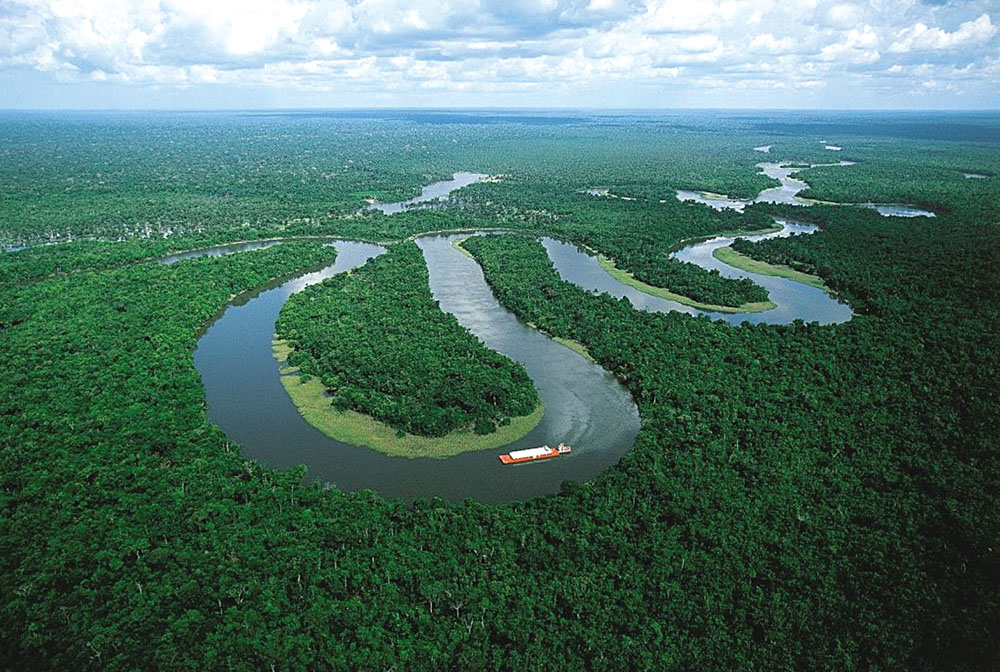
The Pantanal
The Pantanal is different from Amazonia in that it is the world’s largest wetland. Forests, lakes, and grasslands make up the terrain. It also spreads over into Paraguay and Bolivia. There are miles of flooded marshlands teeming with everything from piranhas to jaguars to Yacare caiman crocodiles. Nature lovers will be in their element here. The region’s protected areas include the Pantanal Matogrossense National Park and three private nature reserves where you will have varied opportunities such as wildlife safaris, swimming, and canoe trips.
The Pantanal is home to approximately 3500 known plant species, with more discovered and identified by scientists on a regular basis.
Bonito, a town and ecotourism hub in southern Brazil’s Mato Grosso do Sul
State, is one of the top ecotourism attractions here. You can go diving, snorkeling, and exploring. The tourism boards in the region are very developed and all precautions are taken for visitors to not affect the environment too harshly. It is known as the “Capital of Ecotourism” because it is a sustainable tourism model.
Iguassu Falls
Higher than Victoria Falls, which shares the Zimabwe/Zambia border, and wider than Niagara Falls, it is not surprising that the thundering Iguassu Falls, with its dramatic panoramic views, is regarded as one of the world’s most impressive natural wonders and is one of Brazil’s top attractions. You must visit the 350 feet tall Devil’s Throat and also the surrounding National Park which contains rare and endangered plant and animal species and lush rainforest – ideal for hiking or horseback riding tours. You can also visit the Argentinean side of the Falls while staying on the Brazilian side.

CHILE
When viewed on a map of South America, Chile appears to be a thin strip of land running down a large part of the west coast of the continent. It is probably the shape and length of Chile that gives it such extremes of terrain. And what terrain! From desert in the north to a polar region in the south with forests, lakes, and mountains in between, there is much biodiversity to enjoy.
Again, like Brazil, Chile has its ecological issues. Interestingly enough, two of the issues are not man-made: the melting glaciers and forest fires. Actually, Chile is one of the top countries in the world for ethical travel and is consistently ranked by various sources among the top 10 when it comes to environmental protection and sustainable tourism development. The government of Chile has designated about 20% of the country’s total area as protected, including 35 national parks and 49 national reserves.
Atacama Desert
Starting off in the far north of the country, the Atacama Desert stretches a distance of 1000 kilometres/620 miles. It is known as the driest place in the world, with some areas having no recorded incidence of rain, but there are two rivers that are fed by snow from the Andes, which create numerous oases throughout the desert.
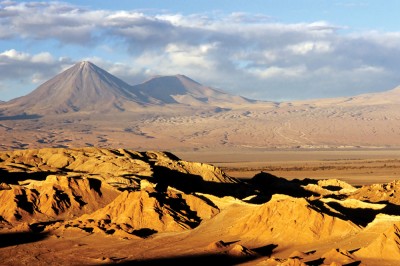
So why to visit a dry desert, you ask? Well, there is more to it than sand. Some of the spectacular landscapes are breathtaking. There is exceptional nature in the form of salt flats, lagoons, volcanoes, natural hot springs, and geysers. As well there is a rich variety of flora, with over 500 different species. The night sky is beyond belief and has been recognized as the clearest sky anywhere. In fact, several countries have set up observatories here to study astronomy. The Aymara indigenous community, which still prevails in small concentrations here, lives in quiet, cozy villages.
Your best bet is to stay at one of the excellent lodges and partake in some of the numerous activities available. Atacama offers unforgettable adventures such as crossing the desert on a bicycle, trekking excursions and hiking up the highest volcanoes. Not all activities need to be strenuous. You can participate in 4WD tours of the area, or simply relax at a lodge.
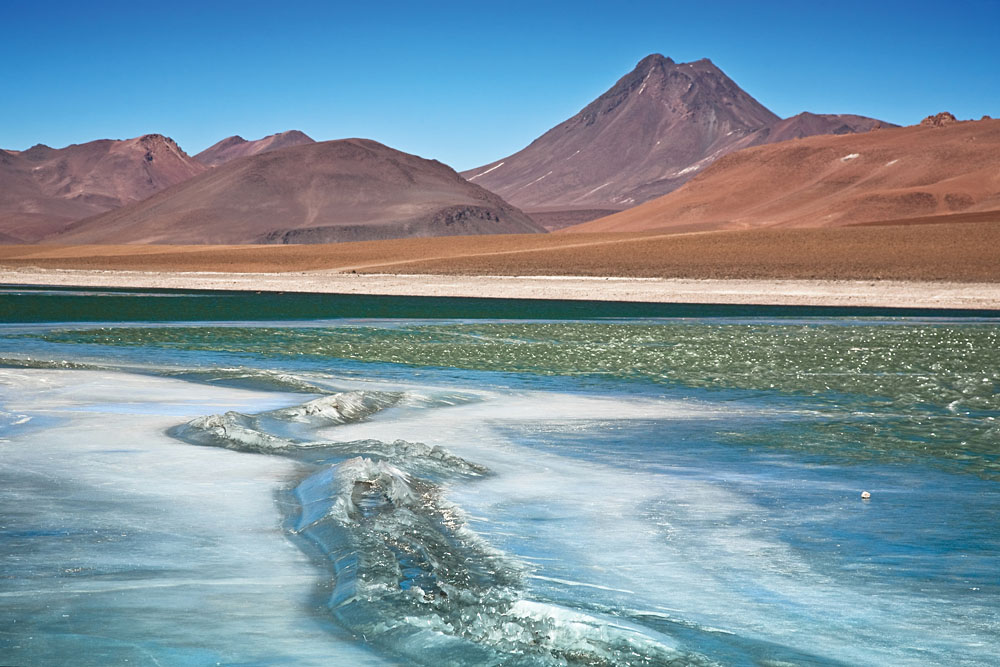
The Lakes District
Moving down the map, bypassing Santiago and the wine-growing region (which, of course, are well worth visiting), we arrive at the Lakes District in Central Chile. What we find here are ice-capped volcanoes, glacial lakes, rivers which run through ancient forests, and spectacular national parks and nature reserves. You can head to the top of the Osorno Volcano, travel on horseback to the slopes of the Cabuco Volcano. You can also go fishing, rafting, or kayaking on any of the lakes and rivers in the region. Again eco-lodges are available here among torrential rivers, natural hot springs, temperate rain forests, and crystal clear lakes.
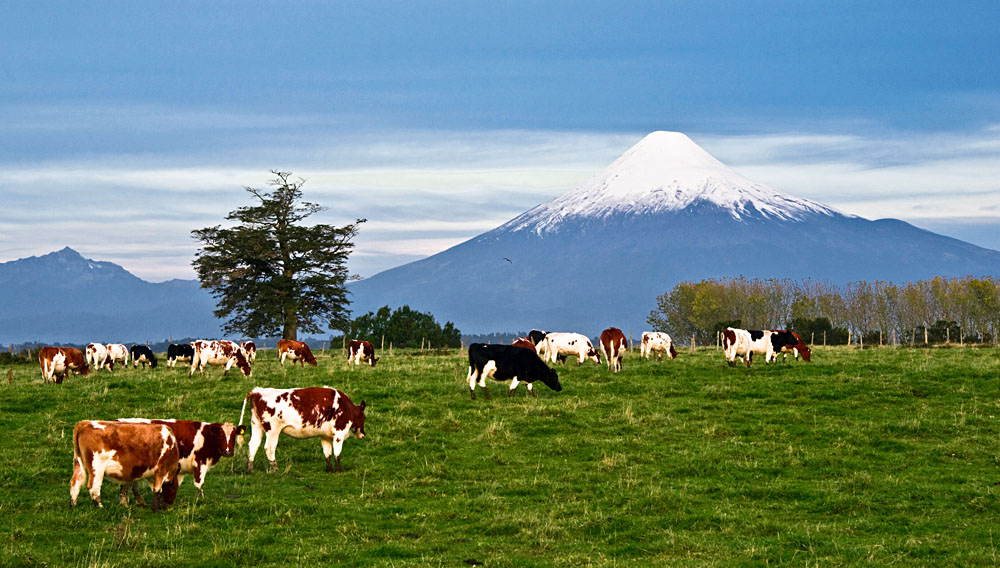
Patagonia
Next, continuing south, we find ourselves in Patagonia, a vast region which takes up a fair amount of the south of Chile. The Torres del Paine National Park, one of Chile’s largest and most important national parks, is an area of amazingly scenic beauty with glaciers, waterfalls, rivers, lakes, and lagoons. Plus, it includes a large portion of the Southern Patagonian Ice Field. The terrain consists of steppe, shrubland, forest, and desert – providing a unique habitat for a large amount of wildlife. Activities include trekking, horseback riding, climbing, and fishing. There are eco-lodges in the region.
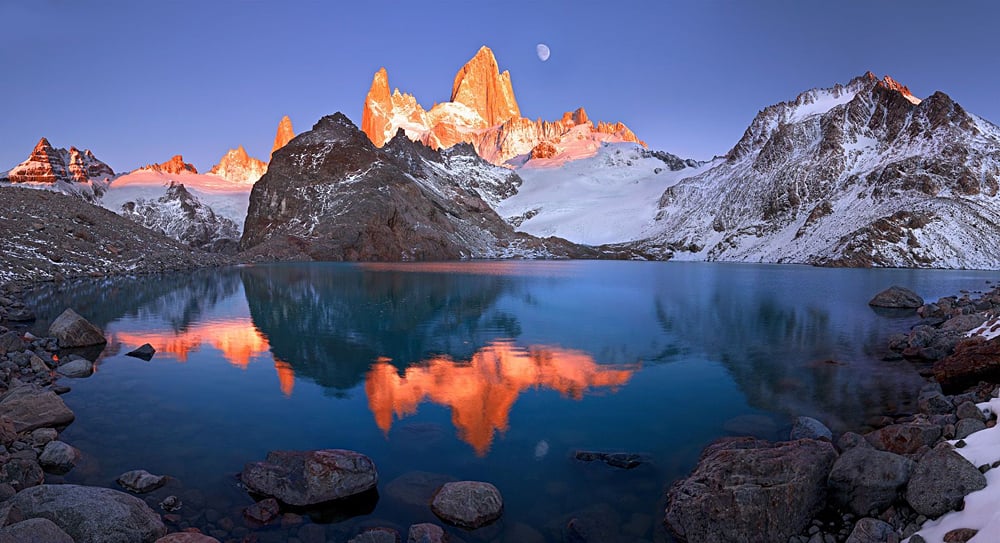
Easter Island
Easter Island, also known as Rapa Nui, is a Polynesian island and special territory of Chile, situated in the southeastern Pacific Ocean, 3700 kilometres/2300 miles off the coast of Chile and reached by plane from Santiago. Easter Island is perhaps best known for the Moai, monolithic statues that dot the landscape and which date back to 1100-1680 AD. A total of 887 Moai have been discovered and it is believed that they were created in honour of sacred ancestors who watch over the villages. There is an air of mystery that surrounds this island, making it unique and enchanting. Due to the rise in popularity of tourism to Easter Island, the island’s fragile ecosystem has come increasingly under pressure. A sustainable tourism training program has been set up to help restore and preserve the Moais.

Next:
Ecotourism Destinations: Central and South America (Part 3)
Our Ecotourism Series:
Ecotourism – An Important Trend in Travel
Ecotourism Destinations: East Africa
Ecotourism Destinations: Southern Africa
Ecotourism Destinations: Central and South America (Part 1)
Ecotourism Destinations: Central and South America (Part 2)
Ecotourism Destinations: Central and South America (Part 3)
Ecotourism Destinations: Asia (Part 1)
Ecotourism Destinations: Asia (Part 2)
Ecotourism Destinations: Australia
Ecotourism Destinations: New Zealand
Ecotourism Destinations: Europe
Get more travel inspiration by email.
Subscribe
0 Comments

Get the latest travel trends & hear about the best deals on vacations around the world.
If you’re a Globetrotter, these are the newsletters for you!


